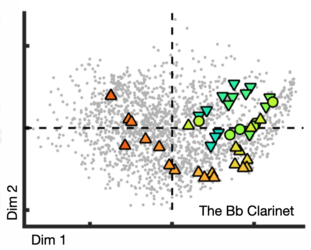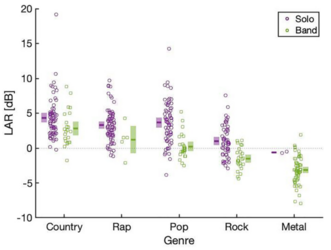Research topics
Contact

Funding
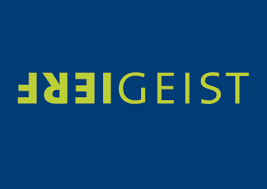
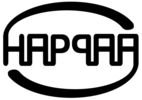


Research topics
Approach & Methods
We combine audio processing, listening experiments, and the development of perception models. We make use of virtual acoustics for stimulus production. We conduct massive online experiments, highly controlled lab studies, and we organize concerts with top music performers to measure music perception outside the lab. We like to explore analogies to speech perception. We collaborate with colleagues in Psychology, Neuroscience, Audiology, Acoustics and try to consider problems from different viewpoints. Through the combination of these methods, we seek to understand how listeners make sense of complex musical scenes.
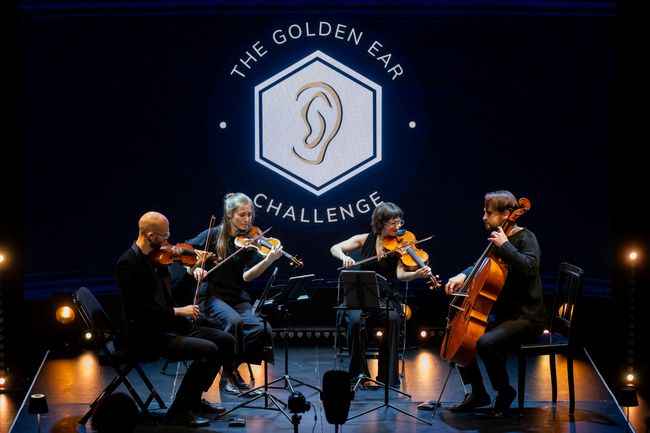
Music & Hearing Health
How is music listening affected by hearing loss? Hearing devices are currently optimized for speech—how can we improve music listening with hearing aids and cochlear implants? Can we develop audio-tactile inferfaces to enhance music listening?
Key papers:
Hake, R., Bürgel, M., Lesimple, C., Vormann, M., Wagener, K. C., Kuehnel, V., and Siedenburg, K. (2025). Perception of recorded music with hearing aids: Compression differentially affects musical scene analysis and musical sound quality. Trends in Hearing, 29:23312165251368669.
Siedenburg, K., Bürgel, M., Ozgür, E., Scheicht, C., and Töpken, S. (2024). Vibrotactile enhancement of musical engagement. Scientific Reports, 14(7764):1–9.
Benjamin, A. J. and Siedenburg, K. (2023). Exploring level-and spectrum-based music mixing transforms for hearing-impaired listeners. The Journal of the Acoustical Society of America, 154(2):1048–1061.
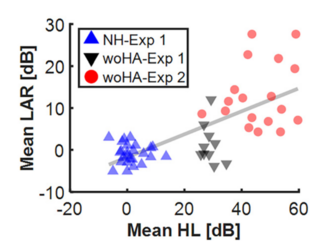
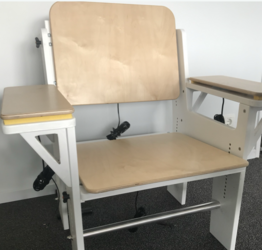
Pitch, Timbre, Auditory Scene Analysis
How do listeners parse and organize complex musical scenes with sounds from multiple instruments overlapping in time and frequency? How can we define timbre and pitch and what do these parameters do in music? How can we model these phenomena on a signal-level to understand the underlying perceptual processing?
Key papers:
Bürgel, M. and Siedenburg, K. (2024). Impact of interference on vocal and instrument recognition. The Journal of the Acoustical Society of America, 156(2):922–938.
Siedenburg, K., Graves, J., and Pressnitzer, D. (2023). A unitary model of auditory frequency change perception. PLOS Computational Biology, 19(1):1–30.
Saitis, C. and Siedenburg, K. (2020). Brightness perception for musical instrument sounds: Relation to timbre dissimilarity and source-cause categories. The Journal of the Acoustical Society of America, 148(4):2256–2266
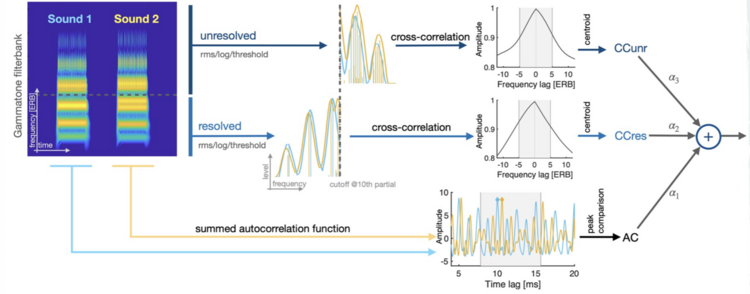
Musical Acoustics
What are parsimonious representations of acoustic signals that allow us to characterize the signature sound of musical instruments? What is the space of pleasant musical instrument sound? How do musical genres differ acoustically?
Key papers:
Jacobsen, S. and Siedenburg, K. (2024). Exploring the relation between fundamental frequency and spectral envelope in the perception of musical instrument sounds. Acta Acustica, 8:48.
Gerdes, K. and Siedenburg, K. (2023). Lead-vocal level in recordings of popular music 1946-2020. JASA Express Letters, 3(4):043201–043201.
Siedenburg, K., Jacobsen, S., and Reuter, C. (2021). Spectral envelope position and shape in orchestral instrument sounds. The Journal of the Acoustical Society of America, 149(6):3715–3727
